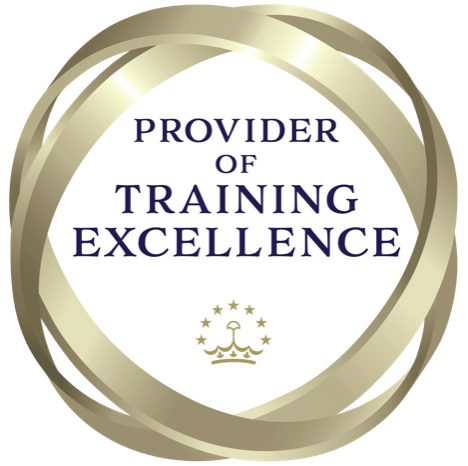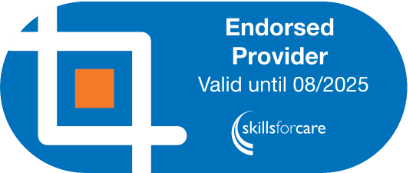


The "Management of Working at Height" course provides an all-encompassing education on the essentials of safely conducting and supervising tasks at elevated levels. It starts with a clear definition of what working at height entails, laying a solid foundation for understanding the associated risks and appropriate safety measures. Following this, the course delves into an overview of the legislation governing work at height. This includes a thorough examination of the legal framework, regulations, and statutory requirements that must be adhered to.
A significant portion of the course is dedicated to outlining the responsibilities of both employers and employees in maintaining a safe working environment when operating at height. It emphasises the importance of understanding the hierarchy of control to mitigate risks effectively through various levels of control measures. Participants learn to select safe work methods and the appropriate equipment for working at height, ensuring not only safety but also compliance with regulations.
The course also stresses the importance of dynamic risk assessment, particularly when tasks change or new risks are introduced, teaching participants how to adapt quickly and effectively. This includes training in both collective and individual safety equipment, ensuring participants know how to choose and utilise them correctly. Moreover, a critical focus is placed on the regular inspection of equipment used for working at height, ensuring it remains safe and fit for purpose.
Emergency rescue procedures form an essential component of the training, preparing participants to handle unforeseen circumstances effectively. Finally, the course equips individuals with the skills to develop comprehensive risk assessments and method statements for working at height tasks. This ensures a well-rounded understanding and ability to maintain safety and compliance in various working at height scenarios. Overall, this course is tailored for those responsible for managing and overseeing work at height activities, aiming to instil the knowledge and skills necessary for upholding safety standards and regulatory compliance.
The content of this and all our courses has been independently certified as conforming to universally accepted Continuous Professional Development (CPD) guidelines and come with a Certified CPD Statement as well as a ProTrainings Certificate and for online courses an Evidence Based Learning statement.
- Construction Workers
- Window Cleaners
- Roofers
- Telecommunications Technicians
- Tree Surgeons
- Wind Turbine Technicians
- Firefighters
- Painters and Decorators
- Theatre and Stage Technicians
- Solar Panel Installers
This course comes with 6.0 hours of CPD, although the time to complete the course online may be less than this.
The content of this and all our courses has been independently certified as conforming to universally accepted Continuous Professional Development (CPD) guidelines and come with a Certified CPD Statement as well as a ProTrainings Certificate and for online courses an Evidence Based Learning statement.
-
Clear Definition of Working at Height: The course begins with a precise explanation of what constitutes working at height, setting the foundation for understanding the associated risks and safety measures.
-
Overview of Working at Height Legislation: Participants will learn about the legal framework governing work at height, including relevant regulations and statutory requirements.
-
Duties of Employer and Employee: The course covers the responsibilities of both employers and employees in ensuring a safe working environment when working at height.
-
Understanding of the Hierarchy of Control: A critical component of the course is the hierarchy of control, teaching how to mitigate risks through various levels of control measures.
-
Selection of Safe Work Methods and Equipment: Participants will be trained to choose appropriate methods and equipment for working at height, ensuring safety and compliance with regulations.
-
Recognition of Dynamic Risk Assessment: The course emphasises the importance of dynamic risk assessment, especially when tasks change or additional risks are introduced.
-
Use of Collective and Individual Equipment: The course covers both collective and individual safety equipment, teaching participants how to select and use them effectively.
-
Inspection of Working at Height Equipment: A key focus is on the regular inspection of equipment used for working at height, ensuring it's safe and fit for purpose.
-
Emergency Rescue: Participants will learn about emergency rescue procedures, an essential aspect of working at height safety.
-
Developing Risk Assessments and Method Statements: The course equips participants with the competency to develop and produce thorough risk assessments and method statements for tasks involving working at height.
- Find out what other courses are available as video online, blended and classroom courses nationally - our course finder
- HSE 5 steps to Risk Assessing link to HSE website
- HSE guide to working at height
- HSE newsletter on the use of ladders
- Sign up for free Student First Aid - use code SCH-376-61-571
- The Selection, management and use of mobile elevating work platforms
- Visit the First Aid Show free for first aid and medical videos
- Working at Height - HSE guide link
- Workplace Emergency Contact Sheet
- Woundclot - haemostatic gauze for all types of bleeding
- Woundclot leaflet with price list - 2025
What is CPD and why is having Certified CPD important?
CPD stands for Continuous Professional Development and is required in many business sectors. Even if you do not require a set CPD credit level, having Certifed CPD ensures the quality of training. ProTrainings are the highest gold standard of CPD ensuring that all courses are externally verified and mapped to the highest levels.
What is "SCORM ready" and will courses run on a LMS?
SCORM Ready means that online courses can run on any compatible Learning Management System (LMS). SCORM courses run seamlessly on your existing LMS system without a separate login so staff only login using the existing company system. ProTrainings online courses have an advanced SCORM ready system to give more features than any other company.
Do I receive a certificate after completing your online training?
Yes, when you complete the online course you will be able to download and print a compliant completion certificate, evidenced-based learning statement to confirm course content and a certified CPD statement. There is no extra charge for the certificate. You can also buy a printed certificate to be posted to you for a small extra fee.
What training courses do you offer and how are they delivered?
We offer a full range of training courses across all business sectors as video online, blended and nationwide at your business or our local training centres. With over 350 courses you can learn at a time and place that meets your busy schedules and save money on travel and costs away from the office.
Are your courses Endorsed?
Yes, all ProTrainings courses are Endorsed by TQUK in addition to other approvals and endorsements to give you a quality compliant qualification for your courses whatever delivery method you take.
Why do I need accredited training courses?
Whether you are employed, running a business or taking training for other reasons, you need to ensure the course is trustworthy and will pass due diligence checks. Taking courses that are accredited gives you peace of mind of the quality, compliance and that your certificate will be accepted. Choosing ISO companies to ensure they are externally verified.
Are courses all online or can I take a blended or class course locally?
Most of our courses are available as online or classroom-based at a training centre locally. We can also send an instructor to your business to save travel and tailor the course to your business. To save time and money you can take most courses in a blended format with online and class training.



